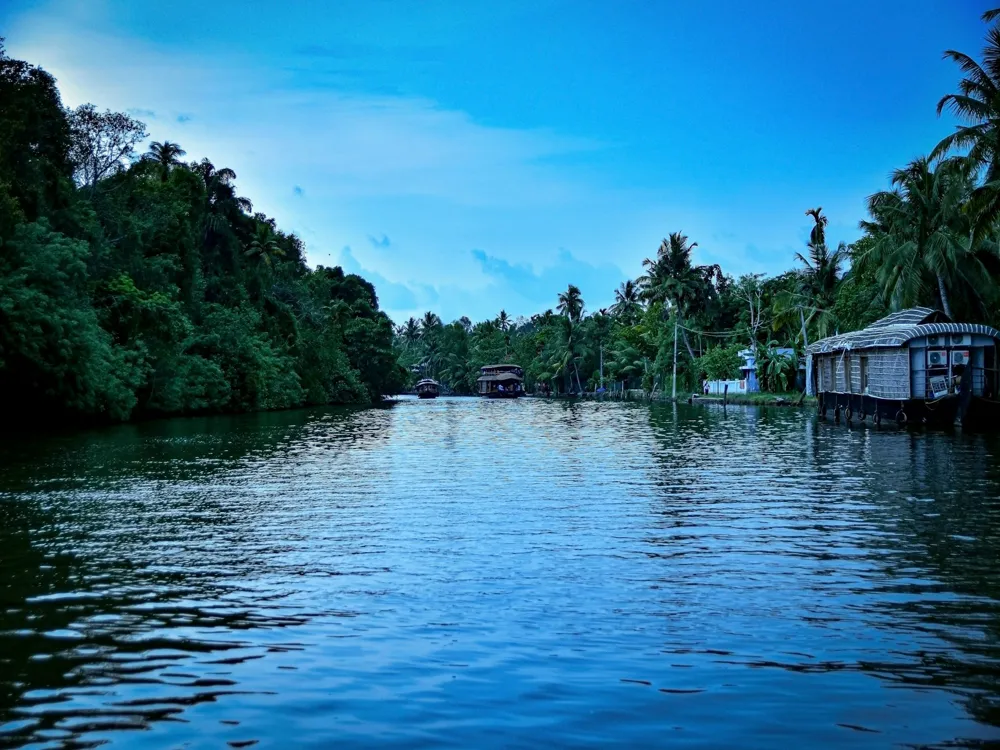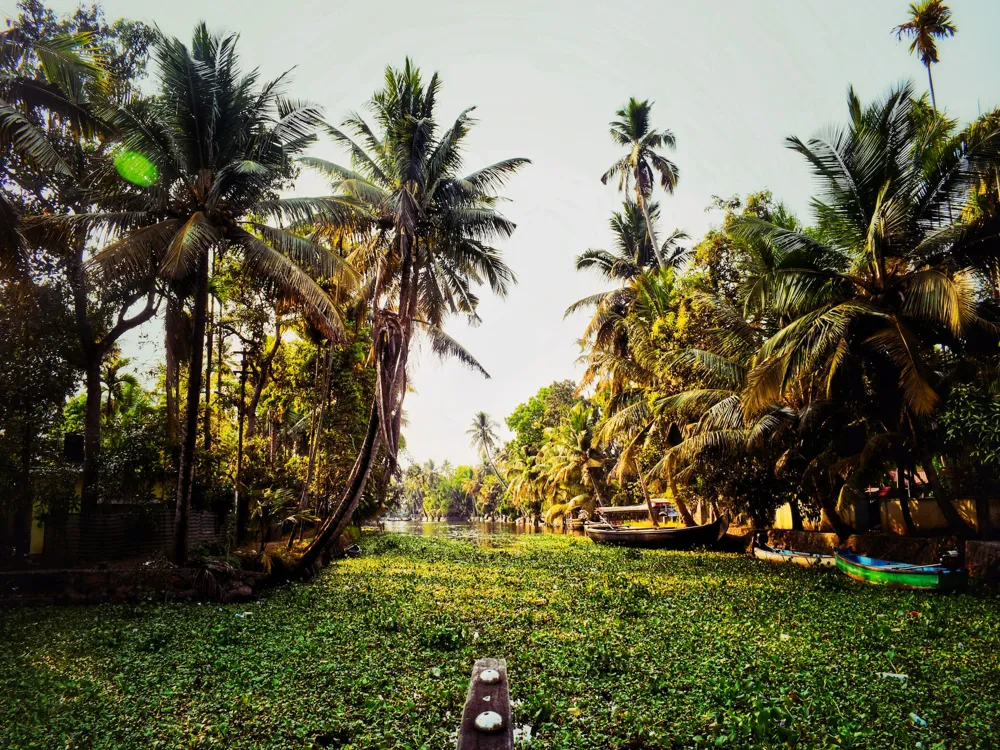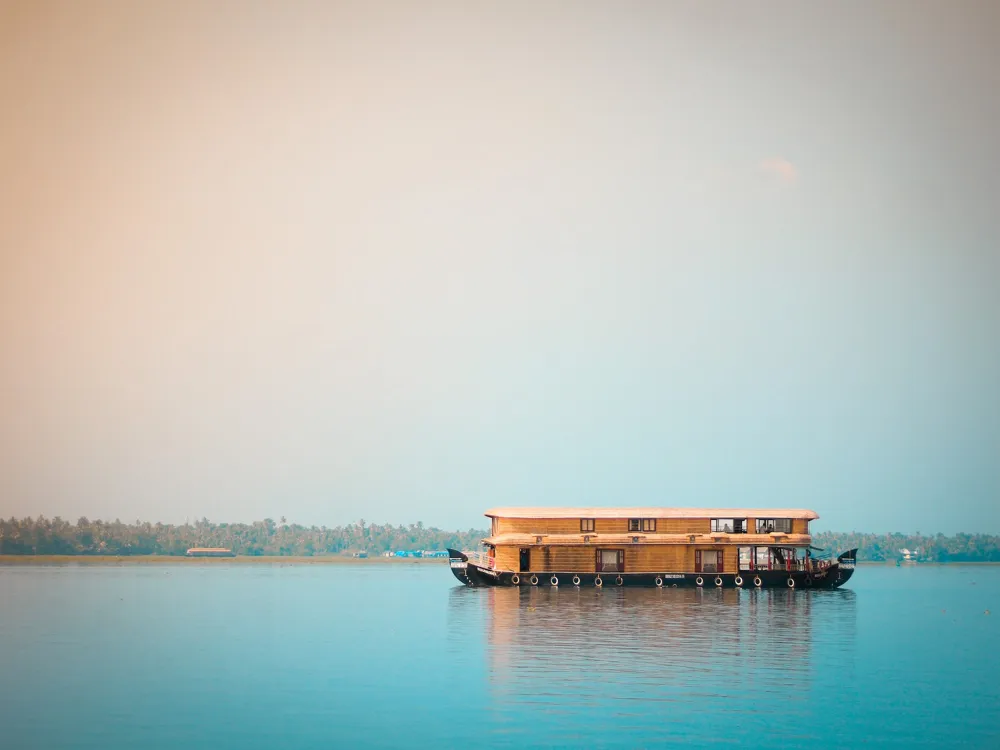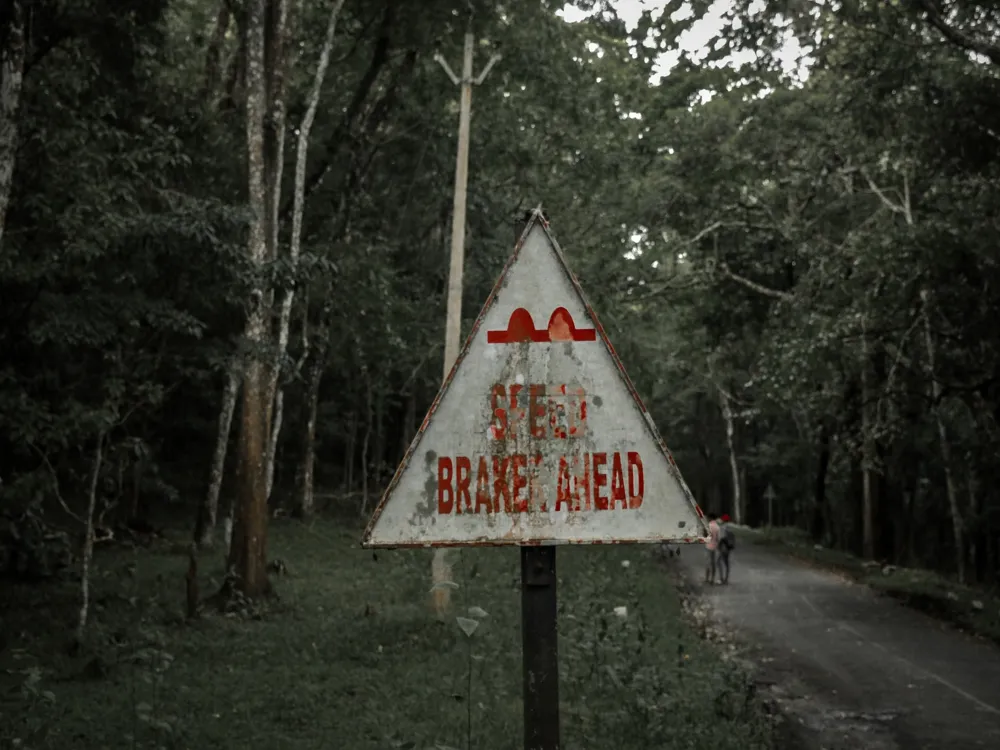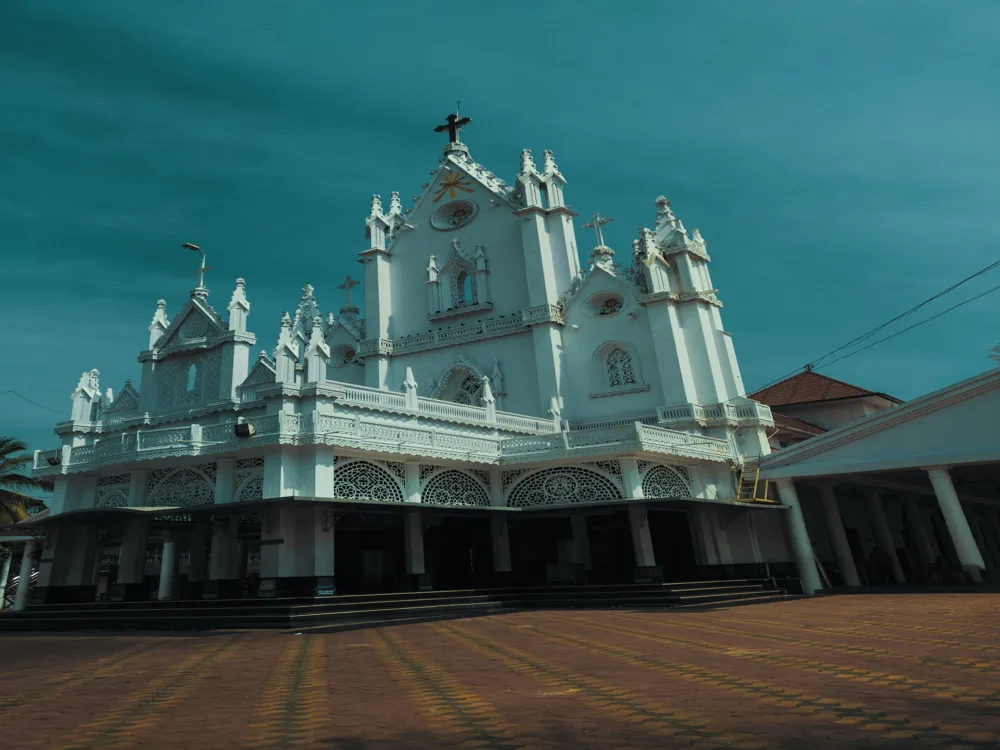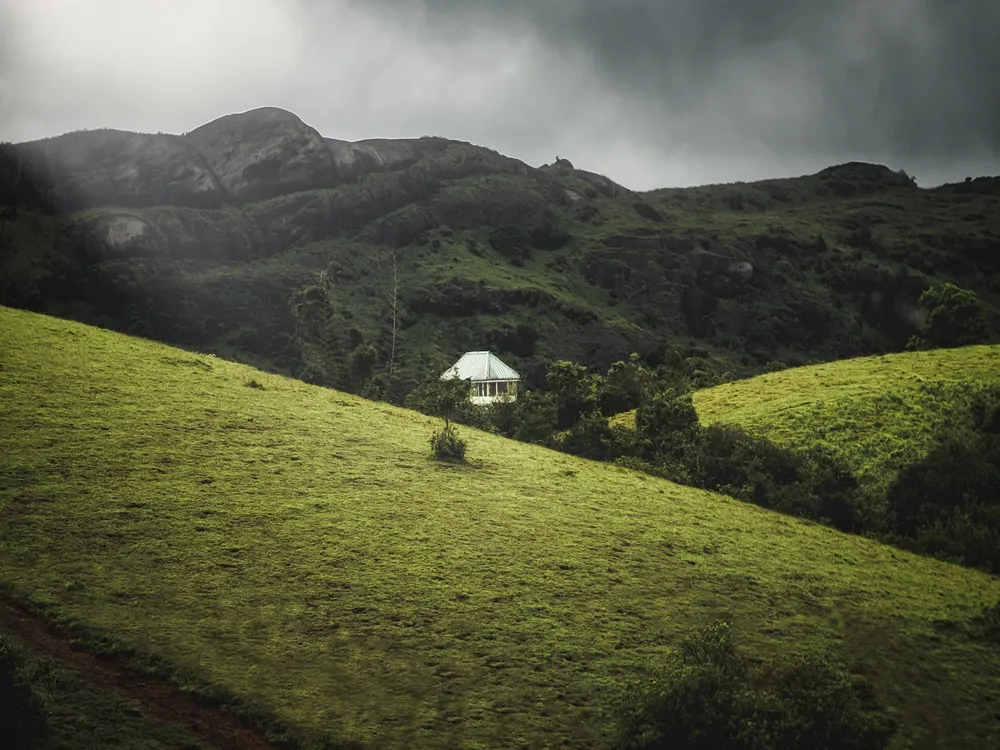Nestled in the serene backwaters of Kerala, the Kumarakom Craft Museum stands as a beacon of cultural heritage and artistic excellence. This unique museum, located in the picturesque village of Kumarakom, serves as a testament to the rich craft traditions of Kerala. The museum showcases a wide array of traditional handicrafts, including intricate woodwork, vibrant textiles, and detailed metalwork, each piece narrating a story of the region's history and craftsmanship. As visitors step into the Kumarakom Craft Museum, they are greeted by an overwhelming sense of history and tradition. The museum's collection includes ancient artifacts, traditional Kerala art forms, and contemporary crafts, making it a treasure trove for art enthusiasts and historians alike. One of the highlights is the display of the famous Kathakali masks, which are symbolic of Kerala's renowned classical dance form. These masks, with their vivid colors and intricate designs, provide a glimpse into the rich cultural tapestry of the state. Another captivating aspect of the museum is its dedication to preserving and promoting the art of boat-making, a craft deeply intertwined with Kerala's history. The museum exhibits a variety of traditional boats, from small fishing canoes to luxurious houseboats that ply the backwaters. Each boat is a masterpiece, showcasing the skill and precision of the local craftsmen. The museum also conducts workshops and live demonstrations, offering visitors a chance to witness the artistry and effort that goes into creating these magnificent vessels. The Kumarakom Craft Museum not only celebrates the artistic heritage of Kerala but also plays a vital role in sustaining these traditional crafts. By providing a platform for local artisans to display and sell their work, the museum contributes to the livelihood of these craftsmen, ensuring that their skills and knowledge are passed down through generations. This initiative has helped in reviving several dying art forms, making the museum a cornerstone in the preservation of Kerala's cultural heritage. In summary, the Kumarakom Craft Museum is more than just a repository of artifacts; it is a living, breathing space that connects the past with the present. It stands as a symbol of the enduring spirit of Kerala's craftspeople and their timeless art forms. A visit to this museum is not just an educational experience but a journey through the heart and soul of Kerala's rich artistic legacy. The architecture of the Kumarakom Craft Museum is a splendid fusion of traditional Kerala style and modern design elements, creating an ambiance that is both majestic and welcoming. The museum's structure is a fine example of the region's architectural heritage, reflecting the unique geomorphology of the backwaters and the cultural ethos of Kerala. One of the striking features of the museum's architecture is its extensive use of wood, a hallmark of traditional Kerala architecture. The wooden beams, rafters, and panels are intricately carved, showcasing the exceptional craftsmanship of local artisans. The use of wood not only lends an aesthetic appeal but also provides a natural cooling effect, an essential feature in Kerala's tropical climate. The museum's layout is inspired by the traditional 'Nalukettu' style, a quadrangular form typical in Kerala homes. This architectural design ensures ample natural light and ventilation, creating a soothing and comfortable environment for visitors. The central courtyard, which is a key element of Nalukettu architecture, serves as a focal point, allowing visitors to experience a sense of openness and connectivity with nature. Another notable aspect of the museum's architecture is its harmonious integration with the surrounding landscape. The building is designed to blend seamlessly with the natural beauty of Kumarakom, with large windows and open spaces offering breathtaking views of the backwaters. This thoughtful integration not only enhances the visitor experience but also highlights the museum's commitment to environmental sustainability. The Kumarakom Craft Museum is not just a building; it is a masterpiece that embodies the essence of Kerala's architectural beauty. Its design respects and reflects the region's history, culture, and environment, making it a true architectural marvel. The museum stands as a proud representation of Kerala's architectural heritage, offering visitors an immersive experience into the state's rich cultural and artistic traditions. Before visiting the Kumarakom Craft Museum, it's advisable to check the museum's opening hours and any special events or exhibitions that might be taking place. Planning your visit ensures that you make the most of your time at the museum. Kerala's climate can be quite warm and humid. It's recommended to wear comfortable, light clothing and carry a hat or an umbrella for sun protection, especially if you plan to explore the outdoor sections of the museum. Consider opting for a guided tour to enhance your experience. Knowledgeable guides can provide valuable insights into the history and significance of the exhibits, making your visit more informative and enjoyable. While photography may be allowed in certain areas of the museum, it's important to check the museum's photography policy beforehand. Some exhibits may have restrictions on photography to protect the artifacts. The museum often features live demonstrations and workshops by local artisans. These are great opportunities to witness traditional crafts in action and interact with the craftsmen. Kumarakom is well-connected by road, rail, and air, making the museum easily accessible for visitors. The nearest airport is the Cochin International Airport, which is about 85 kilometers away. From the airport, you can hire a taxi or take a bus to Kumarakom. If you prefer traveling by train, the nearest railway station is at Kottayam, around 16 kilometers from Kumarakom. From Kottayam, taxis and local buses are available to reach the museum. For those driving, Kumarakom is connected to major cities in Kerala through a network of well-maintained roads. Ample parking space is available at the museum for visitors. Read More:Overview of Kumarakom Craft Museum
Architecture of Kumarakom Craft Museum
Tips When Visiting Kumarakom Craft Museum
Plan Your Visit
Dress Appropriately
Guided Tours
Photography
Local Artisans
How To Reach Kumarakom Craft Museum
Kumarakom Craft Museum
Kumarakom
Kerala
₹ 8,500 onwards
View kumarakom Packages
Kumarakom Travel Packages
View All Packages For Kumarakom
Top Hotel Collections for Kumarakom

Private Pool

Luxury Hotels

5-Star Hotels

Pet Friendly
Top Hotels Near Kumarakom
Other Top Ranking Places In Kumarakom
View All Places To Visit In kumarakom
View kumarakom Packages
Kumarakom Travel Packages
View All Packages For Kumarakom
Top Hotel Collections for Kumarakom

Private Pool

Luxury Hotels

5-Star Hotels

Pet Friendly







